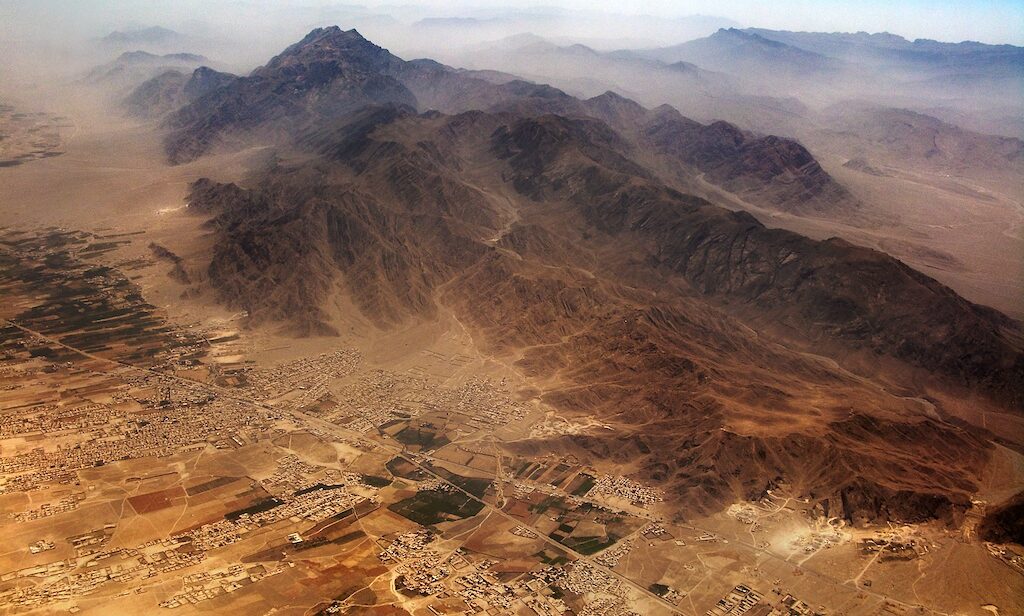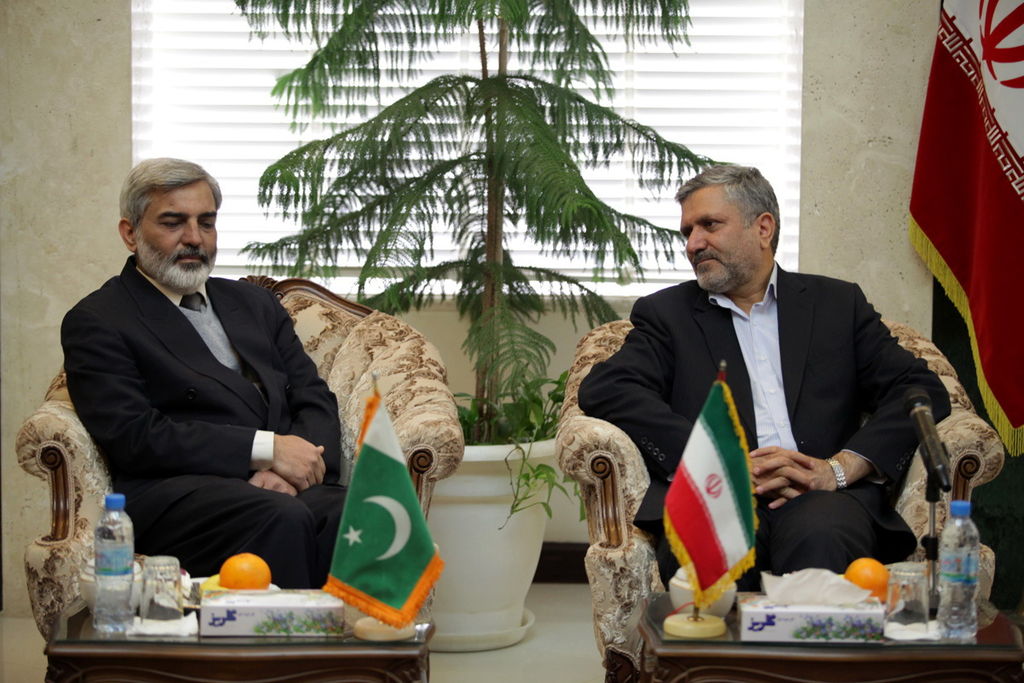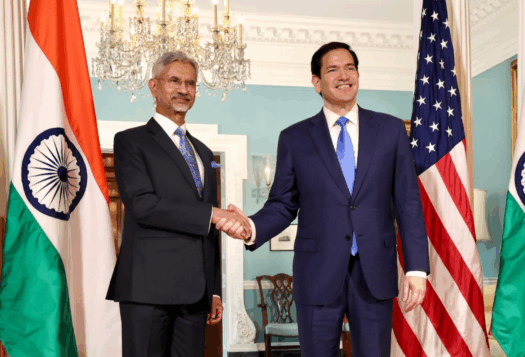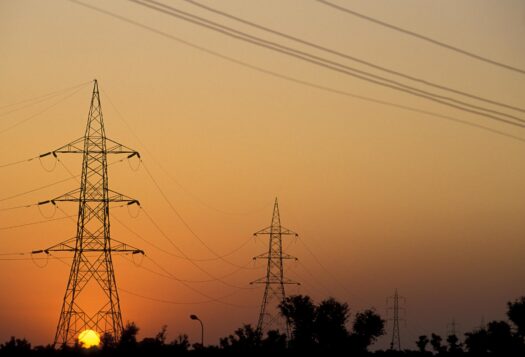
The recent tit-for-tat strikes between Iran and Pakistan indicate a consolidation of Pakistan’s crisis response policy. In recent years, the 2019 Pulwama-Balakot crisis was the first time that Pakistan resorted to the use of force in response to India’s attack inside Pakistan. After that strike, Pakistani policymakers suggested that Pakistan would not be the first to attack any country, especially India, but would respond in kind to an attack. Yet, it appears that Pakistan’s retaliation of Iran’s attacks on its soil is a signal to New Delhi. This essay attempts to explore lessons Pakistan has learnt from its recent military crises with India and how it applied them to Iran. It also suggests how trust can be rebuilt between Islamabad and Tehran to discourage such episodes in the future.
It appears that Pakistan’s retaliation of Iran’s attacks on its soil is a signal to New Delhi.
Lessons from Pulwama-Balakot Crisis
The Pulawama-Balakot crisis was different from the previous crises. In the 2001-2002 Twin Peak crisis, both sides mobilized their military as tensions escalated, but they stopped short of direct confrontation. Similarly, in the 2008 Mumbai crisis, both sides put their air forces on high alert, but diplomacy prevailed. During the Pulwama-Balakot crisis, both resorted to military action before diplomacy, setting a new precedent.
Following a militant attack on an Indian army convoy in Pulwama in Indian-administered Kashmir, the Indian Air Force executed targeted strikes in Balakot in Khyber-Pakhtunkhwa. The strike’s objective was to neutralize a purported terrorist camp, but there were no reported fatalities. Regardless, Pakistani decision-makers were under mounting domestic public pressure to retaliate against India’s infringement on Pakistan’s sovereign territory.
Pakistan’s counter-strike came 24 hours later when the Pakistan Air Force attacked Indian army positions across the Line of Control in Indian-administered Kashmir. As the Indian Air Force scrambled to intercept Pakistan Air Force jets, an Indian jet was shot down, and the pilot landed in Pakistan-administered Kashmir. As tensions escalated and the international community intervened, Pakistan announced the release of the Indian pilot two days later. While releasing the pilot diffused the immediate crisis, it set a template for Pakistan.
Pakistan learned three crucial lessons from the Pulwama-Balakot episode. First, Pakistan’s threshold of risk-acceptance has increased, making the use of military force an acceptable response. Second, not responding to a violation of territorial sovereignty is not an option for the government or military. And third, clear diplomatic communication during a conventional, non-nuclear crisis and after similar retaliatory strikes is key to de-escalation. Pakistan’s response to Iranian airstrikes in January 2024 was shaped, in part, by the lessons it learned from the February 2019 Pulwama-Balakot crisis.
Iran Attacks: Pakistan’s Counter-Strike
Iran’s January 16 air strike in Pakistan was purportedly in retaliation for two terrorist attacks Iran had suffered weeks earlier: a December 2023 attack on a police station, claimed by Jaish-Al-Adl (JAA), who is based in Sistan-Balochistan, and an Islamic-State-claimed attack in Kerman earlier in early January, killing over 100 people. It’s important to note that this was not the first time that Iran resorted to the use of force inside Pakistan. In October 2013, when Iran hung 16 Sunni prisoners, JAA attacked and killed 14 Iranian border guards. Iran then attacked alleged JAA compounds and a mosque. Neither Iran nor Pakistan made it a diplomatic issue, which worked well for Pakistan as it was already wrestling with heavy terrorist violence from the Tehrik Taliban Pakistan (TTP). In 2017, Pakistan shot down Iranian drones conducting surveillance inside its territory, but again, neither country turned it into an issue.

Iran, therefore, caught Pakistan by surprise when it struck alleged JAA sites inside Pakistan this January. The bilateral relationship was quite normal between the two countries, as a Pakistani naval contingent was completing a military exercise with the Iranian navy in the Strait of Hormuz on the day Iran attacked Pakistan. A Pakistani delegation was also in Chabahar for inter-governmental talks on border trade.
Iran decided to attack Pakistan while launching concurrent missile strikes in Syria and Iraq in its own response to increased tensions in the Middle East. It sent a message that Iran considered Pakistan to be in the same category as Iraq and Syria and part of the same conflict zone. For Pakistan’s military and policymakers, particularly those advocating for retaliatory strikes, it became a compelling argument to make their case, since the defense capability of a nuclear-armed country could not be compared to that of Iraq and Syria, where Iran exercised considerable influence.
For Pakistan, responding to Iran became a necessity. It had to establish deterrence vis-à-vis a regional power that used force against its neighbors. Within the immediate backdrop of heightened tensions in the Middle East, Pakistan refraining from retaliation could be interpreted as acquiescing to Iran’s regional escalation dominance. Here, the lessons from the Pulwama-Balakot crisis were applied.
First, Pakistan maintained clear strategic communication during the 48 hours that passed between Iran’s strikes and Pakistan’s response. Islamabad empathetically underlined that “responsibility for consequences will lie squarely with Iran” when it condemned Iran’s violation of its airspace. It recalled its ambassador from Tehran and suspended routine engagements between the two countries. Counter-strikes across the border on hideouts of Baloch Liberation Army (BLA) militants came next, where Pakistan took care not to attack military sites in Iran. Then diplomacy took over as Foreign Ministers engaged, and a week later, the Iranian foreign minister visited Pakistan. As border security dominated the visit, both sides agreed to expand security cooperation and station military liaison officers in Turbat and Zahidan. Notably, statements at the end of this visit did not specify militant groups for coordinated action. Most likely, both sides continue to view one group (JAA for Iran and BLA for Pakistan) as more serious and immediate threats to its security than the other.
When Iran attacked, India’s Ministry of External Affairs stated that while this was a matter between Pakistan and Iran, India had an uncompromising position on terrorism and understood actions that countries take in their self-defense. As such, it is logical to think that Pakistan’s response to Iran’s attacks was also a signal to India, clearly indicating that Pakistan would not hesitate in resorting to the use of force if India ever attacked again.
Only through such regular communication and coordinated, but verifiable action, can future incidents of unilateral action be prevented. Yet, with the new norm set, both sides now must factor military options into their security calculus.
Future Actions
In the interest of regional stability and their respective national security, it is crucial that Iran and Pakistan operationalize bilateral communication channels. Going forward, a direct hotline between Foreign Secretaries and Director-Generals of Military Operations should be established. Such engagement needs to take place in the context of a 2013 bilateral security cooperation agreement signed between two interior ministers. This agreement calls for bilateral cooperation on terrorism and those activities that pose a threat to both countries’ national security.
This agreement could be followed up with regular border security and counter-terrorism consultations between security officials and diplomats from both sides. Only through such regular communication and coordinated, but verifiable action, can future incidents of unilateral action be prevented. Yet, with the new norm set, both sides now must factor military options into their security calculus.
Also Read: Emerging Missile Technologies: A New Arms Race in South Asia?
***
Click here to read this article in Urdu.
Image 1: Bird’s eye view of Balochistan, Pakistan via Flickr
Image 2: Pakistan’s consul general with the Mayor of Mashhad via Wikimedia Commons


